Canon PowerShot SX130 IS
-
-
Written by Gordon Laing
Quality
Canon PowerShot SX130 IS Real-life resolution
|
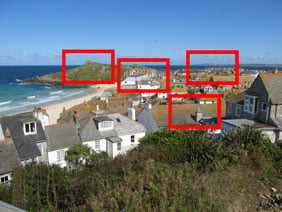 |
To test its real-life performance we shot this scene with the Canon PowerShot SX130 IS in Program mode with the ISO manualy set to the lowest sensitivity setting of 80 ISO. The image size was set to the maximum 4000 x 3000 pixels and the JPEG compression was set to Fine. The lens setting for this shot was 5mm, equivalent to a 28mm wide-angle lens on a 35mm camera and the widest focal length available on the PowerShot SX130 IS. Image Stabilisation was turned of as was the i-Contrast enhancement. |
For this scene the PowerShot SX130 IS selected an exposure of 1/1250 at it’s maximum f3.4 aperture using evaluative metering. The original 4000 x 3000 pixel image had a file size of 3.73MB.
The first thing to say about this test shot is that the exposure is absolutely spot on. The histogram is slighly clipped at both ends, but looking at the image itself you can see the PowerShot SX130 IS has retained detail in the white walls of buildings while picking out detail in the forground vegetation and the buildings on the right that are in shadow. As you’d expect from a shot taken in bright sunshine at around mid-day it’s contrasty, but it’s not harsh. The colour balance is good and the colours are well-saturated, but not overly so, and look natural.
At smaller magnifications the image looks crisp with sharp, well-defined detail, but what about at actual pixel resolution? Let’s see what the detailed crops reveal. The top section, which is taken from about a third of the way in from the top and left edges of the frame is often a good indicator of the degree of in-camera processing to which image data has been subjected. If images have been over-sharpened or over-compressed you can see a visible halo around the chapel and along the horizon line. Happily, there’s no evidence of this at all on the PowerShot SX130 IS crop.
If anything, we’d say that, on the basis of this crop, a little more sharpening wouldn’t hurt, though on balance this approach at least gives users the scope to apply further sharpening it they want to.
The second crop also looks very good with excellent resolution of the detail at the infinity focus point. The lighthouse is a well-defined vertical column and, despite the slightly hazy atmospheric conditions, you can make out quite a bit of detail in the cliffs beyond. The foreground in this crop is where compacts sometimes come to grief, but the PowerShot SX130 IS has made a good job of resolving the detail here with chimney pots and window frames crisply picked out. On the far right near the edge of the frame is there evidence of slight blurring and, if you look carefully, you’ll also spot some red fringing – evidence of chromatic aberration, which gets progressively worse towards the edge of the image on both sides.
The two crops taken from nearer the central area of the image show no cause for concern. The image detail is crisp and well defined, there’s no evidence of any softness, processing artifacts or lens-based aberrations or distortion. Overall, we’d say this is about as good a performace as your likely to see from a compact super-zoom in this price range, although you may wish to compare it to samples taken with the Panasonic Lumix TZ8 / ZS5 and Sony H55, albeit on a duller day. Now let’s see how the PowerShot SX130 IS performs at higher sensitivities in our High ISO Noise results.
Canon PowerShot SX130 IS real-life resolution, 100% crops |
 |
f4, 80 ISO |
 |
f3.4, 80 ISO |
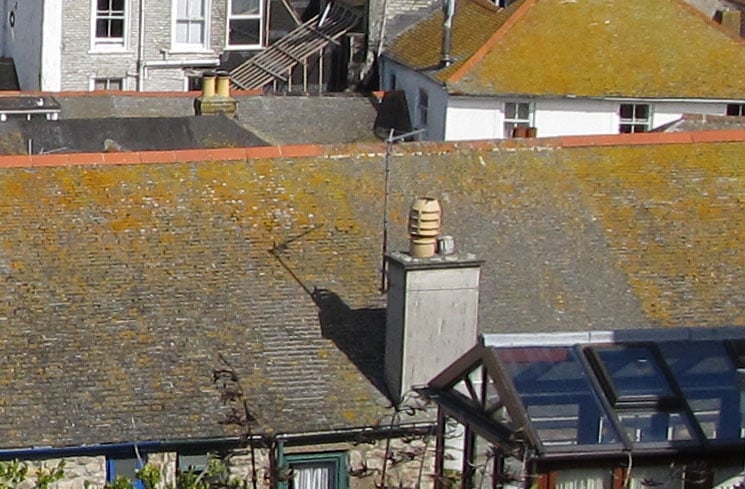 |
f3.4, 80 ISO |
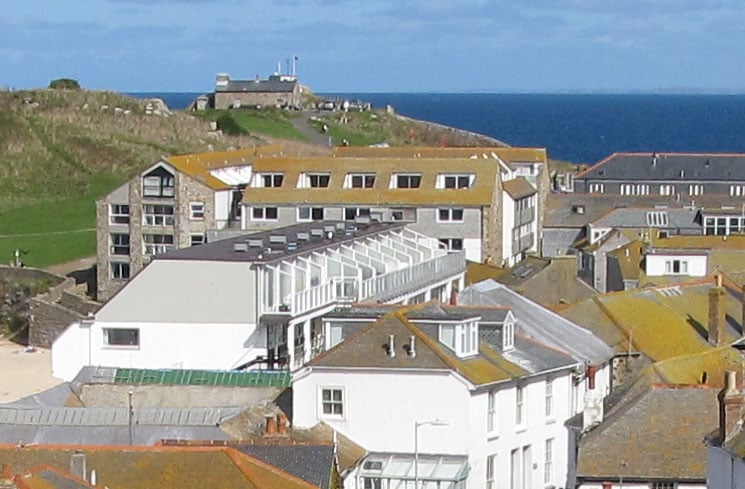 |
f3.4, 80 ISO |
Canon PowerShot SX130 IS High ISO Noise
|
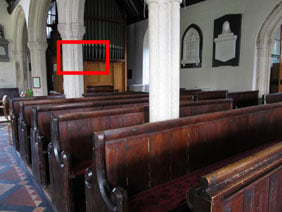 |
To judge noise levels under real-life conditions we shot this scene with the Canon PowerShot SX130 IS. The lens was set to its widest focal length setting of 5mm (28mm equivalent) and the camera mounted on a tripod. The flash was disabled (in this case simply by leaving it in the down position), while image stabilisation and the i-Contrast dynamic range enhancement were both turned off. |
The above shot was taken with the the Canon PowerShot SX130 IS in Program mode with the lens at a wide angle setting of 5mm (28mm). The ISO sensitivity was set to 80 and the exposure was one second at f3.4. The crops are taken from the area marked with the red square and presented below at 100%.
Starting with the first crop, taken at 80 ISO, there’s little, if anything, to fault here. Don’t assume that because the ISO setting is low on a compact, there won’t be any evidence of noise; even at the lowest sensitivity settings, with exposures of a second and more, there’s plenty of potential for noise to creep in, but not here. Another common problem when shooting with a low ISO setting in low light is under-exposure but, as in our outdoor test, the PowerShot SX130 IS has got it spot on.
If there is a difference between the 80 and 100 ISO crop, you’d have to look very hard to find it, and it’s not until you get to 200 ISO that there are clearly visible differences, though at this stage they’re pretty marginal. You can see a slight softening of detail in the stone column, in the wood panelled doors and around the padlock. At 400 ISO there’s a more marked deterioration. Canon is usually very good at getting the balance between noise and its suppression (which creates other problems) right, but in this instance we wonder whether a little bit of graininess wouldn’t have been preferable to the blanket of softness in which this 400 ISO crop has been enveloped.
From there it’s softness all the way. The PowerShot SX130 IS high ISO results generally look a lot softer then previous Canon compacts we’ve tested. At 800 ISO and above, the softness isn’t so objectionable as at the 400 ISO sensitivity, which you’re more likely to turn to in ‘every day’ situations. At high ISO settings of 800 and above, it becomes more a question of personal preference than objective analysis, but our preference is for the less aggressive noise reduction algorithms that are prepared to live with a little bit of noise for the sake of retaining more image detail. Once again you may wish to compare these images with those from the Panasonic Lumix TZ8 / ZS5 and Sony Cyber-shot H55.
Now head over to our Canon PowerShot SX130 IS gallery to see some more real-life shots in a variety of conditions.
Canon PowerShot SX130 IS High ISO Noise, 100% crops |
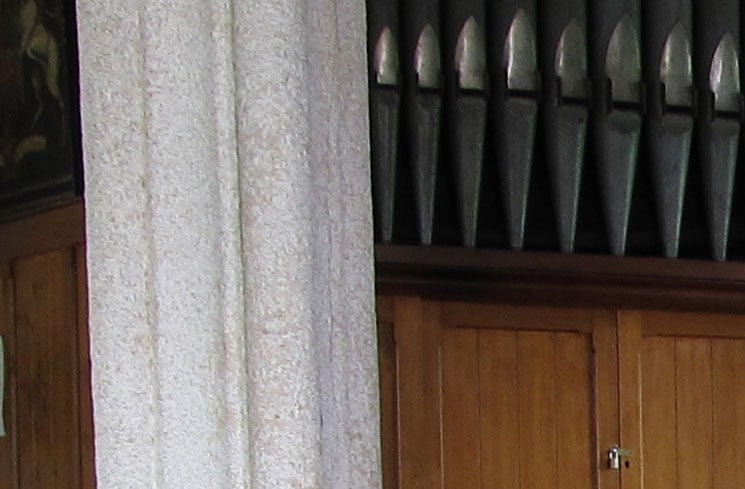 |
80 ISO |
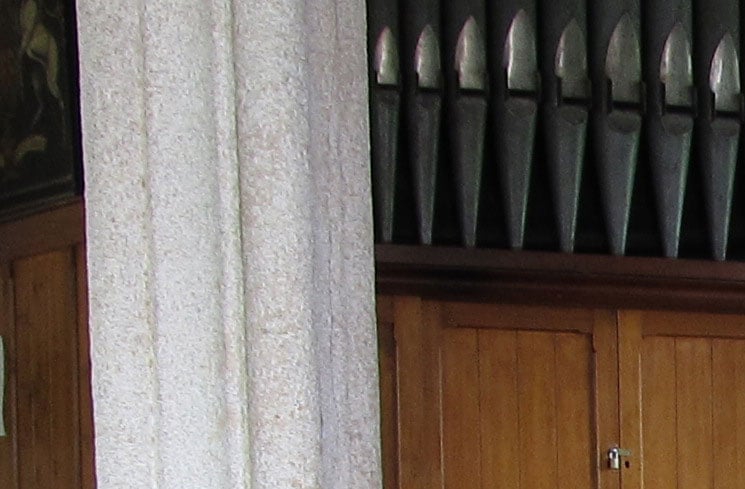 |
100 ISO |
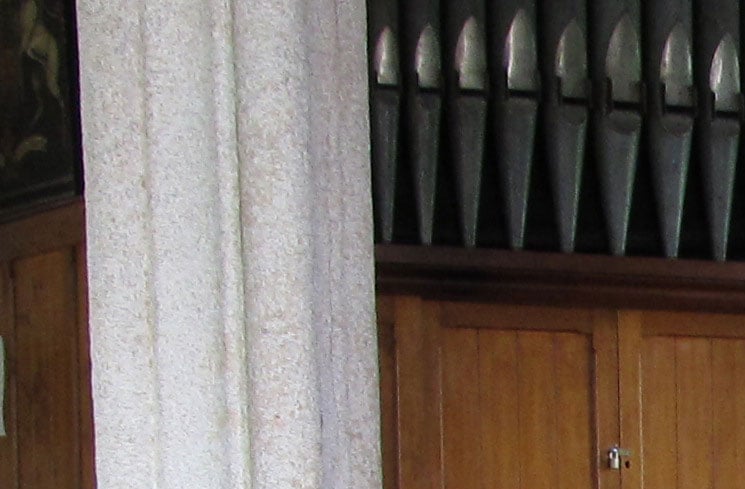 |
200 ISO |
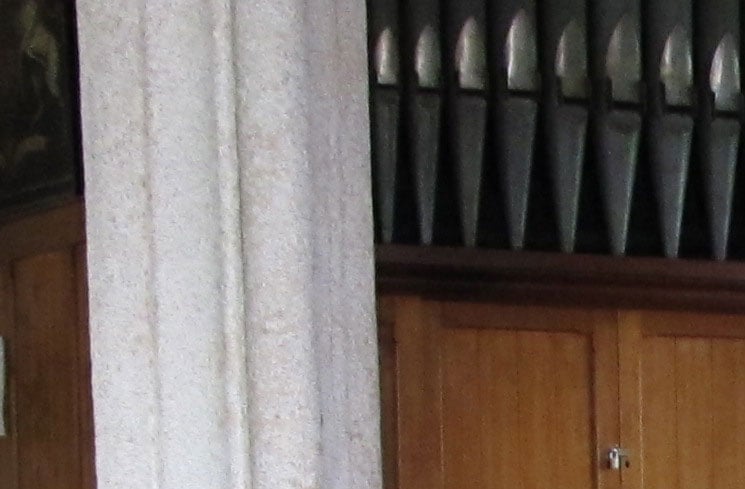 |
400 ISO |
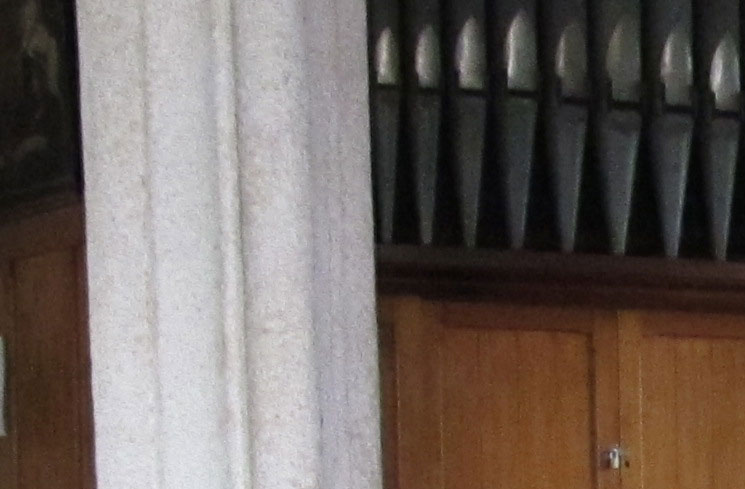 |
800 ISO |
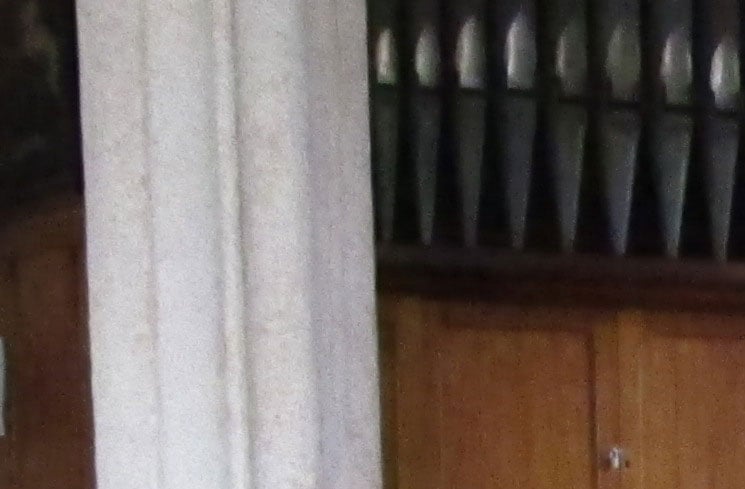 |
1600 ISO |
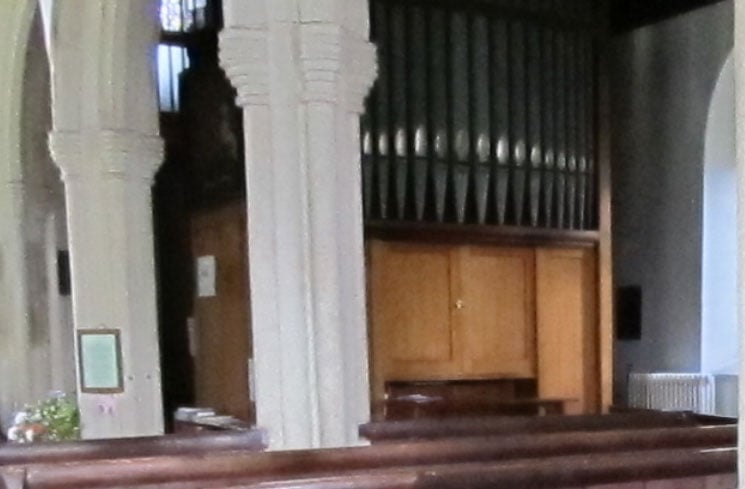 |
2500 ISO Low Light scene mode (1600 x 1200) |





